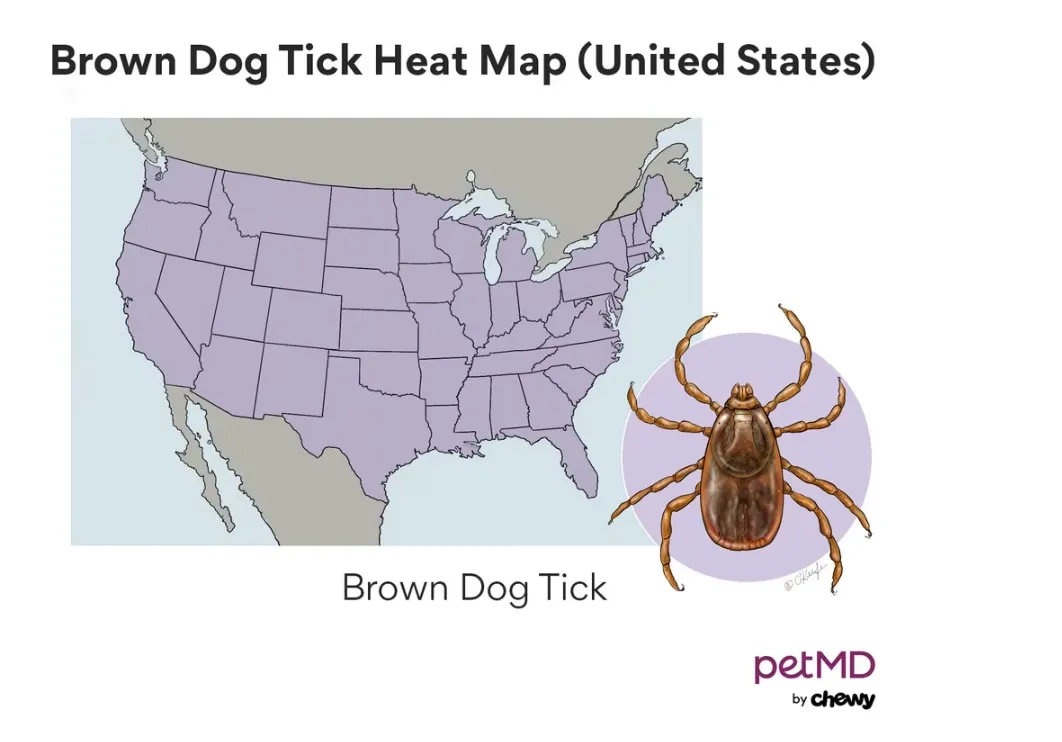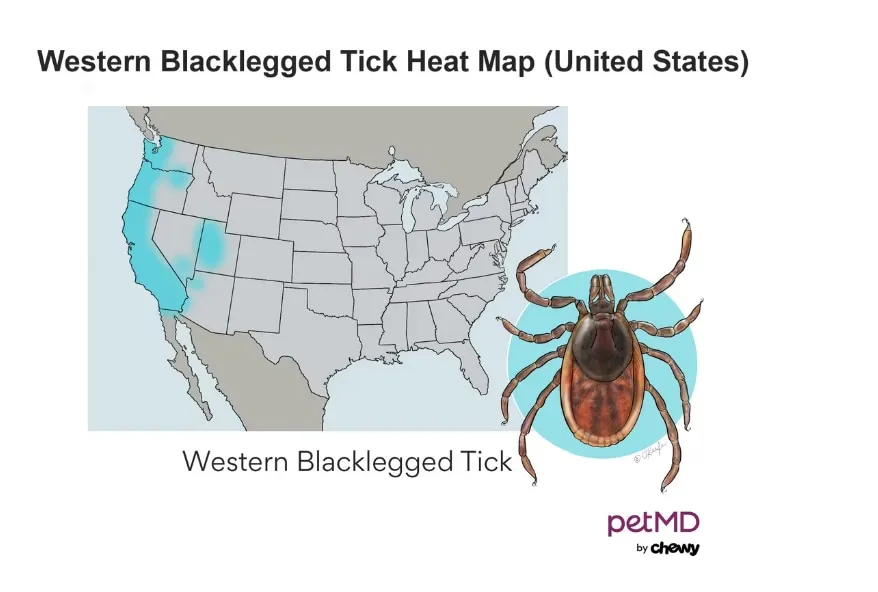Preventative care is paramount to ensuring your dog lives a long, healthy, and happy life. Among the most critical aspects of canine health is safeguarding them from external parasites, especially ticks. While various forms of parasite prevention exist, Chewable Tick Medicine For Dogs has become a popular and effective choice for many pet parents. These convenient oral treatments offer a robust defense against ticks, which can transmit a range of serious diseases.
Ticks are more than just a nuisance; they are ectoparasites that feed on your dog’s blood, posing significant health risks. Understanding the importance of year-round prevention and how to choose the right chewable option is key to protecting your beloved companion. This comprehensive guide will delve into everything you need to know about chewable tick medicine, from its necessity to selecting the best product for your furry friend, ensuring they remain free from these harmful pests.
Why Chewable Tick Medicine is Crucial for Your Dog’s Health
Fleas and ticks are external parasites that survive by biting and feeding on the blood of their host. While flea bites can lead to severe allergies, dermatitis, anemia, intense itching, and secondary infections, tick bites can be even more dangerous. Tick bites can cause infections, abscesses, and in severe cases, paralysis or even death. Beyond the direct impact of the bite, ticks are notorious carriers and spreaders of a variety of debilitating diseases to dogs.
Some of the most common tick-borne diseases include:
- Lyme disease: Caused by the bacterium Borrelia burgdorferi, leading to lameness, fever, and kidney issues.
- Anaplasmosis: Affects blood cells, causing lameness, joint pain, fever, and lethargy.
- Ehrlichiosis: Damages blood platelets, leading to fever, lethargy, weight loss, and bleeding disorders.
- Rocky Mountain Spotted Fever: A severe bacterial disease causing fever, skin lesions, swelling, and neurological signs.
- Babesiosis: A protozoal infection affecting red blood cells, resulting in anemia, lethargy, and jaundice.
It’s crucial to understand that many of these tick-borne illnesses can have long-term health implications for dogs, often requiring extensive and costly treatments. Furthermore, some of these diseases, like Lyme disease and Rocky Mountain Spotted Fever, can even spread to humans, highlighting the critical need to keep ticks off your dog and out of your home. A reliable dog flea tick medicine is thus not just about your pet’s well-being but also your family’s safety.
When Your Dog Needs Chewable Tick Prevention
Ticks are incredibly resilient and can thrive in diverse geographical areas and climates. Unlike what some might believe, tick season isn’t limited to warm months; ticks can be active even in temperatures slightly above freezing. Due to their hardiness and the serious diseases they transmit, it is essential to start chewable tick medicine for dogs when they are young, typically around 8 weeks old, and to maintain this prevention consistently year-round throughout your dog’s entire life.
Many regions now report year-round tick activity, meaning your dog is potentially at risk no matter the season. Whether your dog spends most of their time indoors or is an avid outdoor adventurer, continuous protection is non-negotiable. Fleas and ticks can easily find their way into your home on clothing, shoes, or even through screens, making a comprehensive, consistent preventative strategy vital.
Understanding Chewable Tick Medicine Options for Dogs
The market offers a wide array of products designed to keep your dog free from parasites. These products function in different ways, utilizing pesticides, repellents, or growth inhibitors to target pests at various life stages and prevent infestations. While some products are effective only against fleas, many modern preventatives are combination medicines that target multiple parasites.
Combination flea and tick preventatives for dogs typically contain several active ingredients to combat different types of pests. Beyond just fleas and ticks, these advanced options often provide additional protection against heartworms, skin and ear mites, and intestinal parasites such as roundworms, hookworms, and whipworms. When considering a chewable tick medicine for dogs, it’s wise to look for a broad-spectrum product that covers the widest range of common parasites in your area. For instance, some formulations like Credelio Quattro offer protection against six types of parasites: fleas, ticks, heartworms, roundworms, hookworms, and tapeworms.
Before settling on any flea and tick medication, a thorough discussion with your veterinarian is paramount. Your vet can help ensure the chosen product is a safe and effective fit for your dog’s specific needs. Always review the product label carefully and consult with your veterinarian to confirm the following:
- Species-specific: The product is explicitly formulated for dogs, not cats, as some ingredients can be toxic to other species.
- Correct Weight Range: The dosage matches your dog’s current weight.
- Parasite Coverage: The medicine protects against the specific parasites prevalent in your area and those your dog is at risk for.
- Administration: Whether the product should be given with food or on an empty stomach.
- Frequency: How often the product needs to be administered (e.g., monthly, quarterly).
- Onset of Action: How quickly the medicine begins to work.
- Post-Application Care: How soon your pet can be bathed or swim after application (for topical, less relevant for chewable but good to know).
- Safety Concerns: Any known side effects or contraindications, especially for dogs with existing medical conditions.
- Adverse Reactions: What steps to take in the unlikely event of an adverse reaction.
Key Factors When Choosing Chewable Tick Medicine
Beyond the basic requirements, several other factors should influence your decision when selecting the most appropriate chewable tick medicine for dogs.
Application Method: Oral vs. Topical
While our focus is on chewable (oral) medicines, it’s helpful to understand the primary alternatives.
- Oral (Chewable Tablets): These are ingested by your dog, often flavored to be palatable, making them an easy and convenient option for many pet parents. Once absorbed, the active ingredients circulate in the dog’s bloodstream, killing parasites when they bite. Oral treatments eliminate the concern of residue on the fur, which can be important for households with small children or other pets. However, it’s vital to ensure your dog eats the entire tablet and doesn’t vomit it up before absorption.
- Topical (Spot-Ons): These are liquids applied to the skin, typically between the shoulder blades or down the back. They are a good option for picky eaters or dogs with sensitive stomachs. However, they require careful application to avoid contact with children or other animals before drying. Their efficacy can also be reduced by frequent bathing or swimming, making them less ideal for active, water-loving dogs.
Geography and Local Parasite Populations
The types and prevalence of fleas and ticks vary significantly by geographic location. What’s effective in one region might not offer comprehensive protection in another. Resources like the Companion Animal Parasite Council (CAPC) provide valuable, localized information on parasite prevalence. Consulting such resources, alongside your veterinarian’s local expertise, ensures that your chosen chewable tick medicine for dogs targets the specific threats in your area.
 Tick prevalence map for North AmericaKnowing the local parasite landscape allows you to select a product with active ingredients effective against the specific tick species (e.g., deer ticks, American dog ticks, Lone Star ticks) that are common where you live. This tailored approach is critical for effective prevention.
Tick prevalence map for North AmericaKnowing the local parasite landscape allows you to select a product with active ingredients effective against the specific tick species (e.g., deer ticks, American dog ticks, Lone Star ticks) that are common where you live. This tailored approach is critical for effective prevention.
 Geographical distribution of common dog ticks
Geographical distribution of common dog ticks
Access to the Outdoors and Exposure Risk
Consider where your dog spends their time. Dog parks, hiking trails, wooded areas, tall grasses, and even your own backyard can harbor fleas and ticks. Dogs that frequently visit these higher-risk environments naturally face a greater chance of exposure to parasites. Therefore, a robust preventative measure is essential.
 Map showing high-risk areas for tick exposureEven if your dog is primarily indoors, ticks can still find their way in. They can be carried inside on other pets, on your clothes, or even through window screens. For this reason, veterinarians consistently recommend year-round chewable tick medicine for dogs, regardless of their outdoor habits, to provide comprehensive protection.
Map showing high-risk areas for tick exposureEven if your dog is primarily indoors, ticks can still find their way in. They can be carried inside on other pets, on your clothes, or even through window screens. For this reason, veterinarians consistently recommend year-round chewable tick medicine for dogs, regardless of their outdoor habits, to provide comprehensive protection.
 Illustration of various tick species and their habitats
Illustration of various tick species and their habitats
MDR-1 Gene
Certain dog breeds, including Collies, Australian Shepherds, and Shetland Sheepdogs, carry a specific gene mutation called MDR-1. This mutation can impair their ability to metabolize certain medications, potentially leading to adverse reactions. While many manufacturers of modern parasite preventatives have tested their products for safety in dogs with the MDR-1 mutation, it’s still a point of discussion with your veterinarian. Testing for the MDR-1 gene is often recommended for affected breeds to inform medication choices.
Dog’s Lifestyle and Activity Level
While no specific breed is inherently more susceptible to fleas or ticks, a dog’s lifestyle and daily activities can influence their risk. Working dogs, herding dogs, or hunting breeds that spend extensive time outdoors in fields or wooded areas naturally have a higher exposure risk compared to dogs that prefer staying at home with occasional outdoor excursions. For these active dogs, consistent and highly effective chewable tick medicine for dogs is particularly critical.
Life Stage (Puppy, Adult, Senior)
A dog’s age and weight are crucial considerations when choosing a preventative. Most chewable tick medicine for dogs specifies a minimum age (often 8 weeks) and weight requirement. Puppies and small dog breeds need products specifically formulated for their smaller size and developing systems. Always check the package insert and consult your veterinarian to ensure the product is appropriate for your dog’s current life stage and weight.
Medical Conditions
Certain pre-existing medical conditions can affect the choice of chewable tick medicine for dogs. For example, some classes of preventatives, known as isoxazolines, require extreme caution in dogs with a history of seizures or other neurological diseases, as these medications may increase the likelihood of a breakthrough seizure. Your veterinarian will carefully evaluate your dog’s health history.
No preventative should be used without a thorough discussion with your veterinarian if your dog:
- Has a history of allergic reactions to medications.
- Is currently sick, underweight, or otherwise debilitated.
- Is pregnant, nursing, or planned for breeding in the future.
- Is on other medications that could interact with the preventative.
Prescription vs. Over-the-Counter Chewable Tick Medicine
When exploring options for chewable tick medicine for dogs, you’ll encounter both over-the-counter (OTC) and prescription-only products.
Over-the-Counter Flea and Tick Products
OTC flea and tick preventatives are readily available online and at many retail pet stores, without requiring a veterinary prescription. While convenient, it’s vital to exercise caution. Not all OTC products are created equal, and some may not offer the same level of efficacy or safety as prescription options. If you opt for an OTC chewable tick medicine for dogs, always consult with your veterinarian first to confirm it’s a safe and effective choice for your pet’s specific needs and local parasite threats. This helps prevent potential issues like a remedy for dog vomiting and not eating if an unsuitable product is administered.
Prescription Flea and Tick Products
Prescription chewable tick medicine for dogs requires authorization from your veterinarian. These products are generally recommended by veterinarians because they often contain advanced active ingredients that are typically more effective and have a stronger safety profile, backed by extensive research and testing. While they may carry a slightly higher cost than some OTC alternatives, the enhanced efficacy and peace of mind they offer are often considered a worthwhile investment in your dog’s long-term health and protection against serious diseases. Additionally, your vet can provide tailored advice, especially concerning conditions that might affect medication choice, such as the need for anti itch meds for dogs if your dog suffers from skin allergies, or if you need to consider heart worm meds as part of a comprehensive parasite prevention plan.
Popular Chewable Tick Medicine Brands for Dogs
Several reputable brands offer effective chewable tick medicine for dogs. Here’s a look at some popular options, focusing on those available in chewable form that protect against ticks:
Bravecto: This chewable tablet contains fluralaner, an active ingredient from the isoxazoline class. Bravecto is fast-acting, typically starting to kill fleas within two hours and ticks within 12 hours. It offers protection for up to 12 weeks against fleas and several tick species. It’s also effective against demodectic, sarcoptic mange, and ear mites. As an isoxazoline, it should be used with caution in dogs with a history of seizures, epilepsy, or other neurological disorders.
Credelio: A monthly chewable tablet featuring lotilaner, another isoxazoline. Credelio begins killing fleas within four hours and ticks shortly after. It’s approved for dogs and puppies over 8 weeks old and weighing more than 4.4 pounds. Like other isoxazolines, caution is advised for dogs with a history of seizures.
Credelio Quattro: An enhanced monthly chewable tablet that builds on Credelio’s tick and flea protection. It combines lotilaner with moxidectin (for heartworms, hookworms, roundworms), praziquantel (for tapeworms), and pyrantel (for hookworms and roundworms). This offers exceptionally broad-spectrum parasite control for dogs 8 weeks and older, weighing at least 3.3 pounds.
Nexgard: This monthly chewable tablet uses afoxolaner, an isoxazoline, to combat fleas, deer ticks, American dog ticks, brown dog ticks, and Lone Star ticks. It begins killing fleas within four hours and ticks within 48 hours. Nexgard is approved for dogs and puppies over 8 weeks old and weighing more than 4 pounds. As with other isoxazolines, use with caution in dogs with seizure history.
Simparica Trio: A powerful monthly chewable tablet that provides comprehensive protection against fleas, ticks, heartworms, roundworms, and hookworms. It contains sarolaner (an isoxazoline), moxidectin, and pyrantel. Simparica Trio starts killing fleas and ticks within 12 hours. It’s suitable for dogs and puppies 8 weeks and older, weighing more than 2.8 pounds. Due to sarolaner, use caution in dogs with a history of seizures.
Trifexis: This monthly chewable tablet combines spinosad and milbemycin oxime. While highly effective against fleas (killing them within 30 minutes) and providing prevention for heartworms, hookworms, roundworms, and whipworms, it’s important to note that Trifexis does not provide protection from ticks. Therefore, if comprehensive tick control is a primary concern, this product would need to be supplemented or an alternative chewable tick medicine for dogs chosen.
(Note: Other excellent products like Advantage, Frontline, K9 Advantix, Onguard Plus, Seresto, and Vectra 3D are primarily topical solutions or collars. While effective, they are not chewable options and hence are not detailed here as primary examples of chewable tick medicine for dogs.)
Conclusion
Protecting your dog from fleas and ticks is a fundamental responsibility of pet ownership, and chewable tick medicine for dogs offers an incredibly effective and convenient solution for comprehensive parasite prevention. Ticks pose serious health threats, transmitting diseases that can lead to severe illness or even death in our canine companions, and some can even affect humans. By choosing a year-round preventative strategy, starting from puppyhood, you are investing in your dog’s long-term health and well-being.
Navigating the various options can be complex, but with the right information and professional guidance, you can make an informed decision. Always engage in a thorough discussion with your veterinarian to assess your dog’s individual needs, lifestyle, geographical risks, and any existing medical conditions. Your vet can recommend the most appropriate chewable tick medicine that offers broad-spectrum protection tailored to your dog. Prioritizing consistent preventative care ensures your dog can enjoy their life to the fullest, free from the threats of ticks and other parasites. Explore more articles on Dog Care Story for insights into various aspects of canine health and care!
References
- Companion Animal Parasite Council (CAPC)
- Veterinary medical journals and clinical guidelines
- Product information from reputable pharmaceutical companies (e.g., Boehringer Ingelheim, Elanco, Zoetis, Merck Animal Health)
- Published research by veterinary parasitologists
